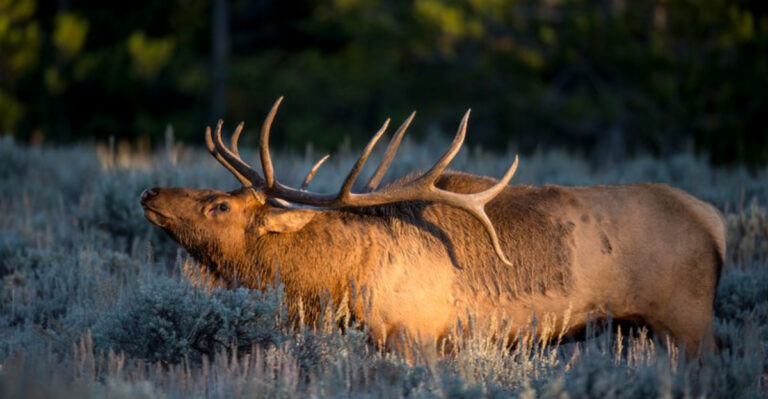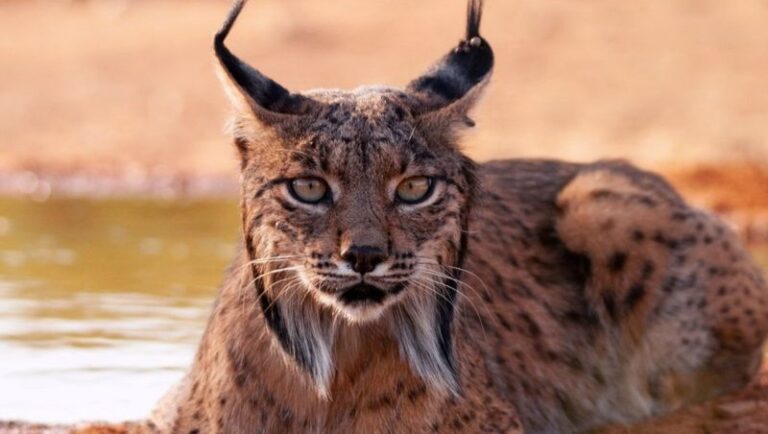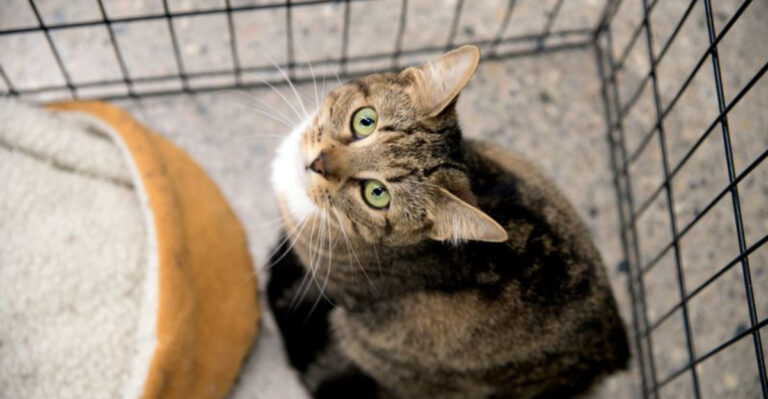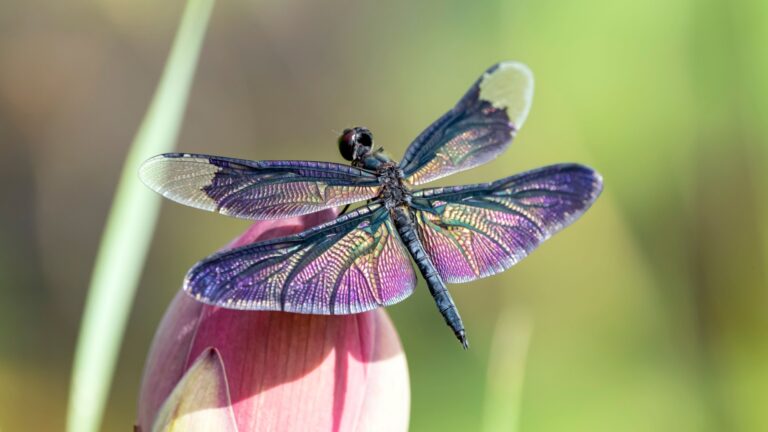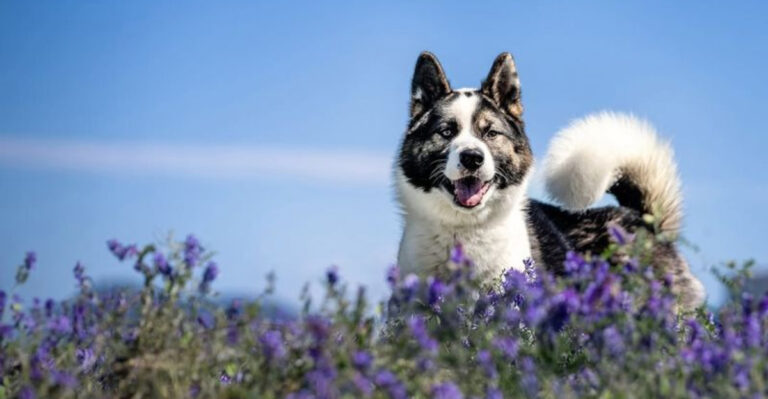10 Fish That Can Survive In An Outdoor Pond (And 5 That Can’t Handle Cold)
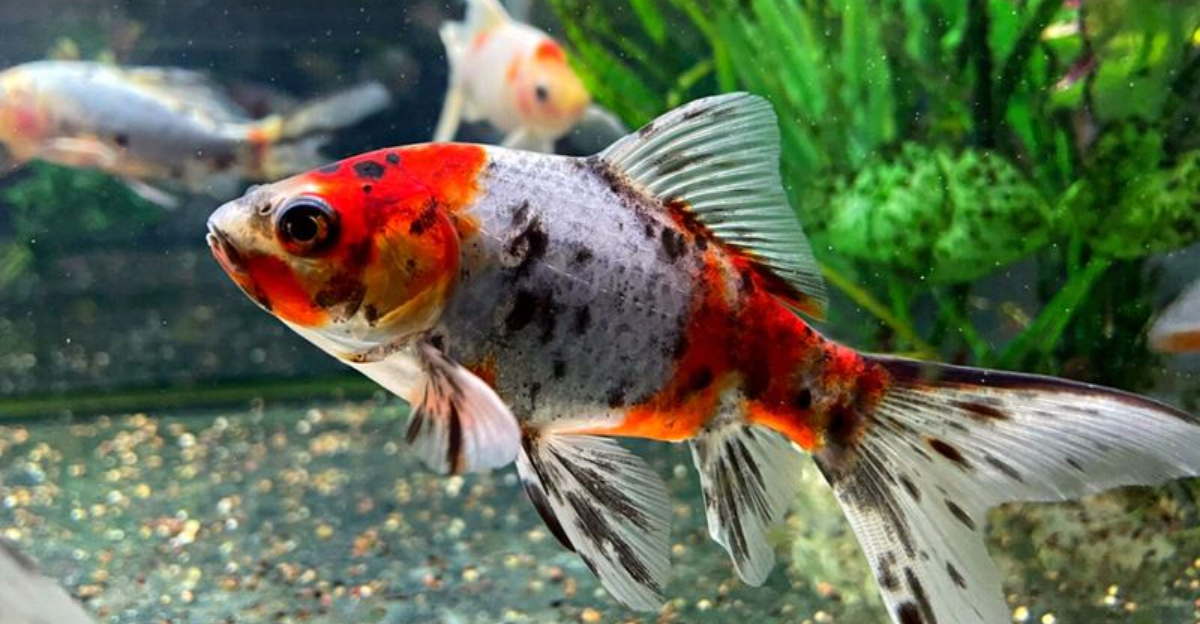
Ever dreamed of having fish glide gracefully through your backyard pond? Not all finned friends can handle the seasonal temperature swings of outdoor living.
Some fish thrive in chilly waters while others would literally freeze to death when winter hits. Let’s explore which fish make perfect pond pets and which ones should stay cozy indoors.
1. Koi Fish – The Colorful Survivors
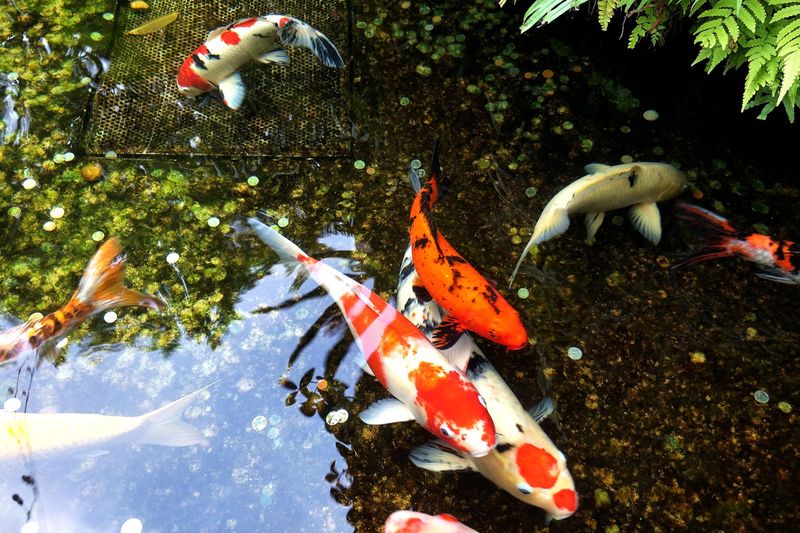
Descended from ancient carp, these living jewels can survive temperatures near freezing when your pond has adequate depth. Their vibrant patterns become more intense with age and good care.
Hardy enough to outlive their owners, some koi reach 30+ years old! Just make sure your pond doesn’t freeze solid in winter.
2. Common Goldfish – Budget-Friendly Beauties
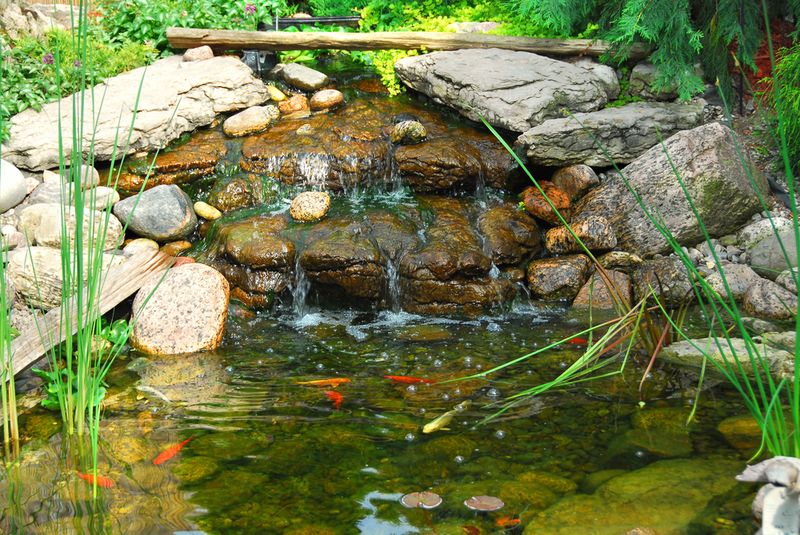
Forget those tiny bowls! Given proper space, common goldfish grow surprisingly large and handle cold like champions. Their hardy constitution makes them perfect first-timers’ pond fish.
During winter, they enter a semi-dormant state, requiring minimal food. With proper care, these orange wonders can live 20+ years in your backyard oasis.
3. Shubunkins – The Calico Wonders
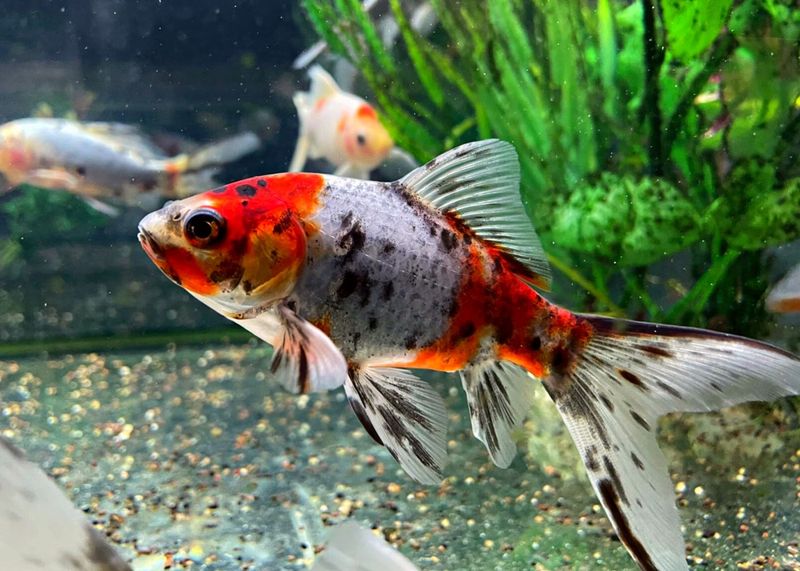
Like confetti sprinkled into water, Shubunkins sport speckles of blue, red, black, and white across their bodies. These cold-water champions handle winter temperatures as low as 35°F without complaint.
Their active personalities make them entertaining to watch year-round. Consider these colorful goldfish relatives if you want fish that don’t hide away when visitors come.
4. Comets – The Long-Tailed Legends
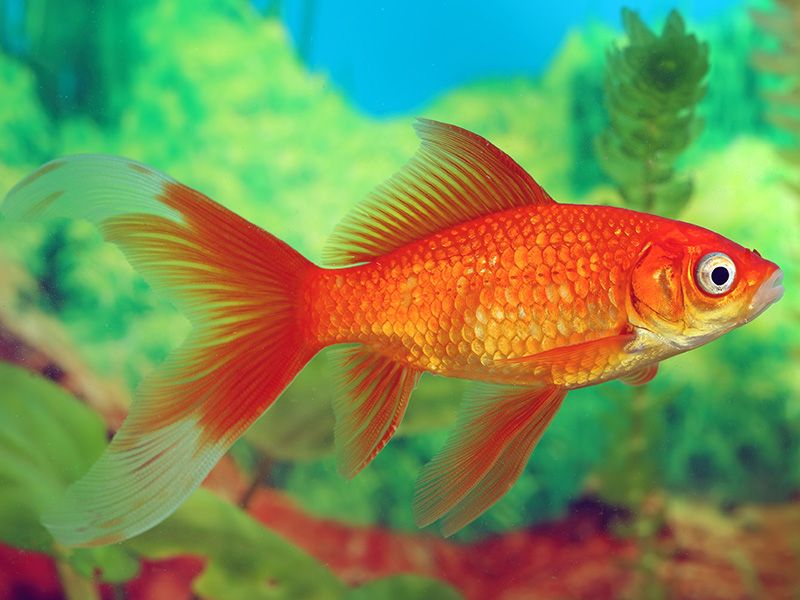
Flowing tails that trail behind like shooting stars give these fish their celestial name. Comets zip around ponds with impressive speed, adding dynamic movement to your water garden.
Their cold tolerance rivals that of standard goldfish. Just provide a deep area (at least 18 inches) where they can retreat when temperatures plummet during those frosty winter months.
5. Fantail Goldfish – Fancy Yet Formidable
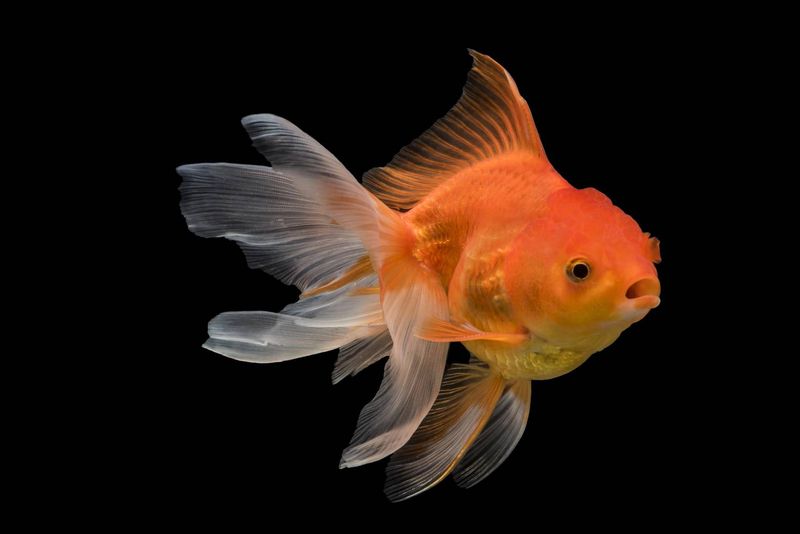
Don’t let their elegant appearance fool you! These double-tailed beauties can handle outdoor living despite their fancy looks. Their rounded bodies and flowing fins create living art in your pond.
While not quite as cold-hardy as common goldfish, they still manage winter well in deeper ponds. Their slower swimming makes them perfect for smaller water features where you can appreciate their graceful movements.
6. Fathead Minnows – The Helpful Cleaners

Small but mighty, these native North American fish earn their keep by munching mosquito larvae and algae. Their olive-bronze bodies barely reach 3 inches, making them perfect supporting cast members in your pond ecosystem.
Incredibly cold-resistant, fatheads survive being nearly frozen solid! They reproduce easily, providing free fish food if you keep predator species.
7. Rosy Red Minnows – Tiny Splashes Of Color
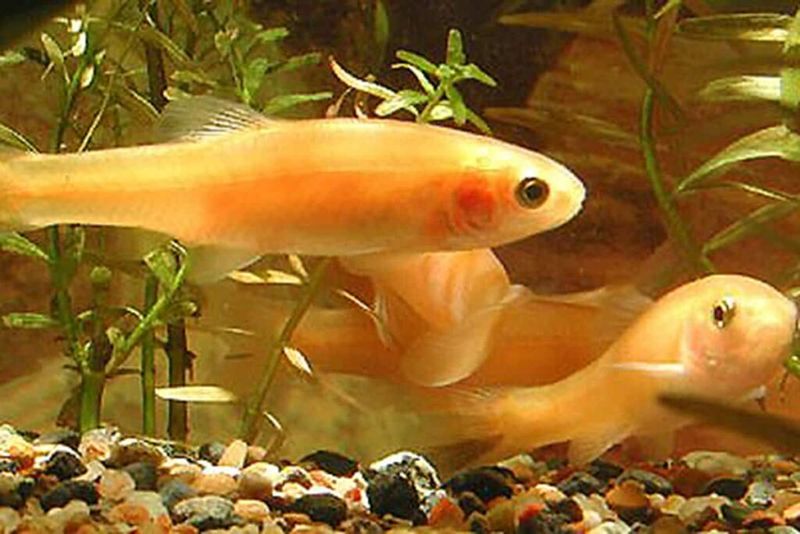
Bred from fathead minnows, these copper-pink darlings add warm color flashes to your pond for minimal cost. They school together in charming groups, creating living art as they move in synchrony.
Beyond their good looks, they’re practical additions that eat mosquito larvae and small insects. Their cold hardiness makes them reliable year-round residents even in northern climate ponds.
8. Weather Loaches – The Living Barometers
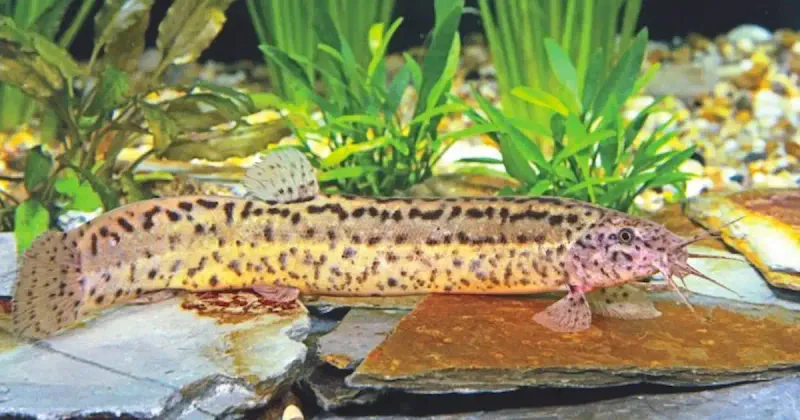
Got a storm coming? These fascinating fish will tell you before your weather app! Weather loaches become noticeably more active before pressure changes, earning their meteorological nickname.
Their eel-like bodies allow them to burrow into mud during extreme cold. Native to Asia, they thrive in temperatures from near-freezing to warm summer waters, making them truly versatile pond residents.
9. Orfe – The Flashy Swimmers
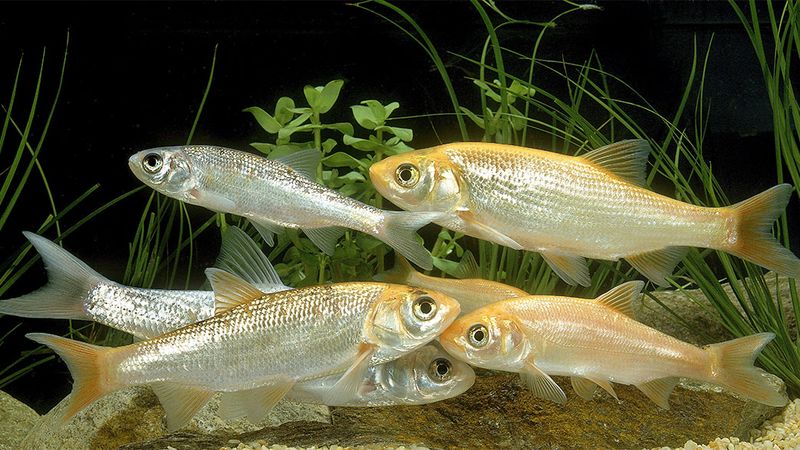
Bright orange streaks cutting through the water announce the presence of these European natives. Orfes are social speedsters that prefer swimming near the surface, making them excellent showcase fish for larger ponds.
Their active metabolism slows dramatically in winter as they enter a restful state. Provide a pond at least 3 feet deep for these fish to thrive through seasonal temperature changes.
10. Sturgeon – The Living Fossils
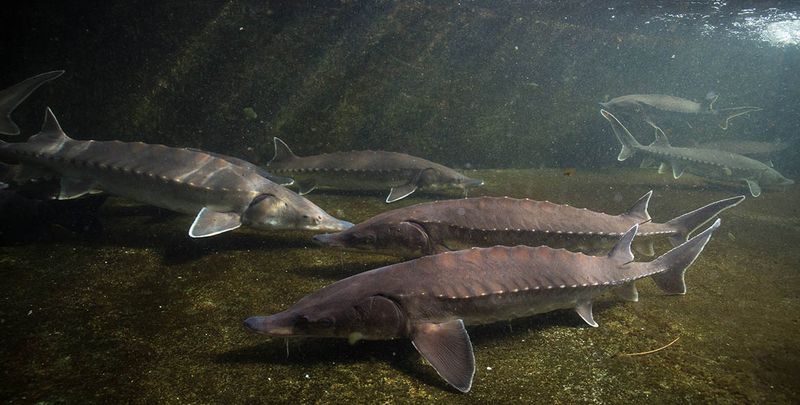
Prehistoric-looking and impressively armored, sturgeon bring dinosaur vibes to modern ponds. These ancient fish have remained virtually unchanged for millions of years, and they’ll certainly outlive most pond inhabitants.
Incredibly cold-tolerant, they actually prefer cooler waters. Just remember they grow enormous—potentially several feet long—so only the largest backyard ponds can accommodate these magnificent creatures long-term.
11. Neon Tetras – Tropical Lightshows
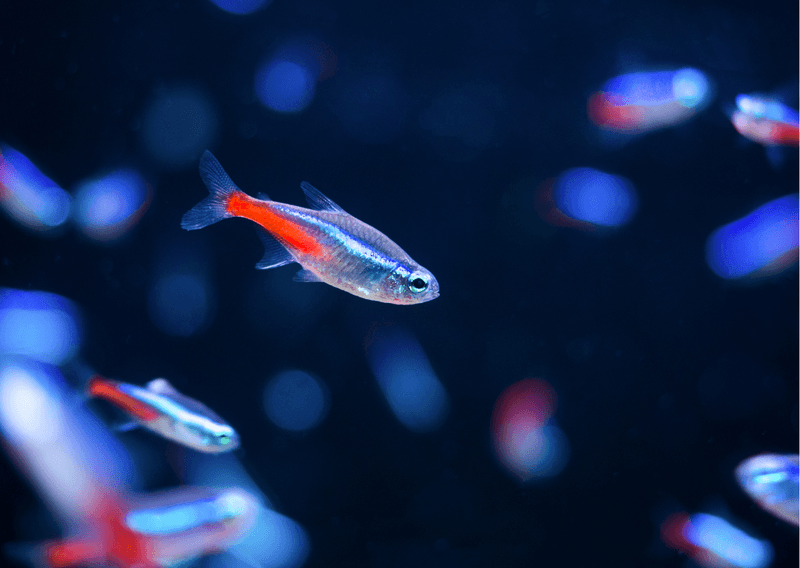
Electric blue stripes that seem to glow make these tiny fish aquarium superstars for good reason. Unfortunately, their tropical origins mean they simply cannot handle pond life in most climates.
Anything below 70°F spells trouble for these delicate beauties. Keep these flashy favorites in heated indoor tanks where they’ll reward you with their vibrant colors without the stress of temperature fluctuations.
12. Discus Fish – The Fussy Aristocrats
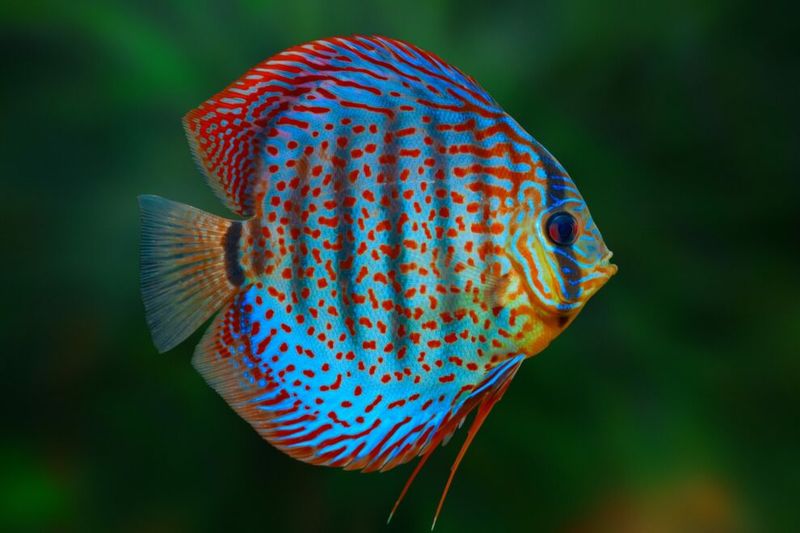
Round as dinner plates and painted with swirling patterns, discus fish demand five-star accommodations. These Amazon natives require precise water parameters that outdoor environments simply cannot maintain.
Temperature fluctuations send them into shock quickly. Their hefty price tags (often $50+ per fish) make experimenting with outdoor living an expensive mistake that no fish enthusiast should attempt.
13. Bettas – Solitary Splendor
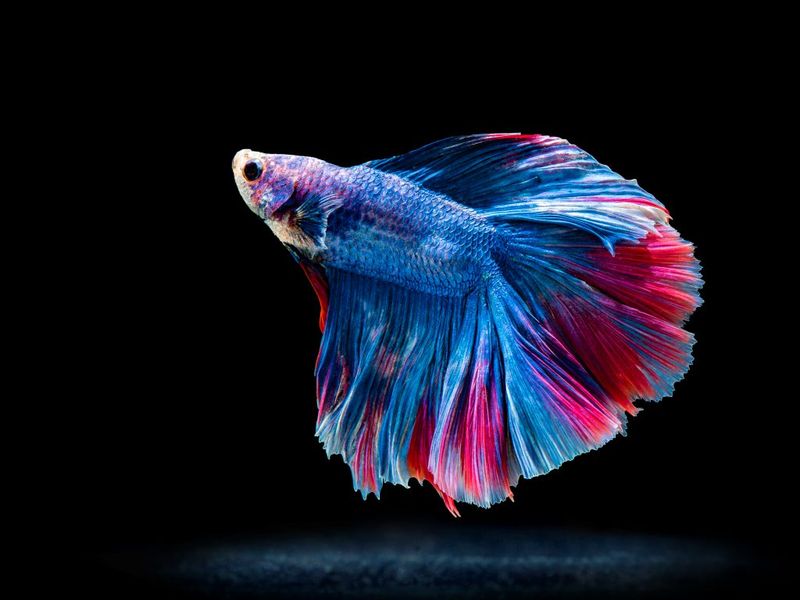
Famous for their flowing fins and jewel-like colors, bettas captivate with their beauty and personality. Despite their reputation for toughness, these Thai natives evolved in warm rice paddies, making cold water lethal to them.
Even mild temperature drops can compromise their immune systems. Keep these solitary showstoppers in heated indoor tanks where they can display their magnificent fins without the deadly stress of outdoor temperature swings.
14. Guppies – Colorful But Fragile
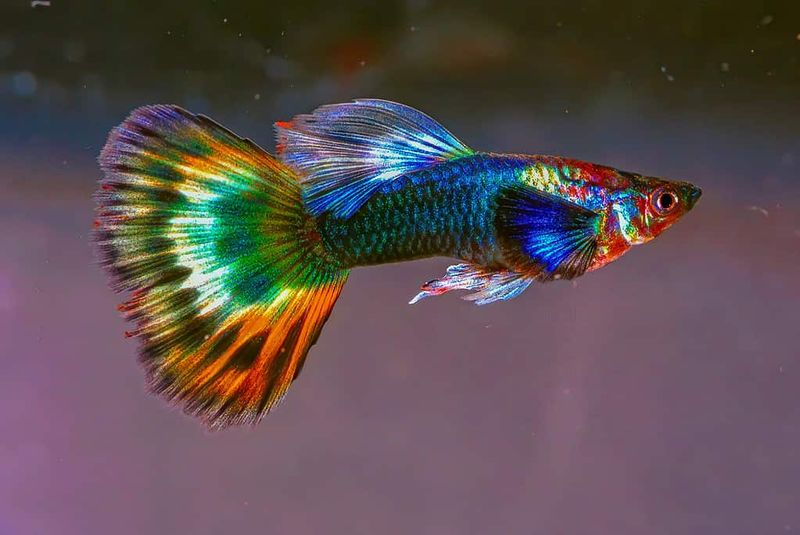
Like swimming confetti, guppies dazzle with their endless color variations and active personalities. Males flash their ornate tails to impress females in a constant underwater fashion show.
Sadly, these tropical charmers can’t survive below 60°F for long. Despite their prolific breeding habits that might tempt pond keepers, winter temperatures would quickly eliminate entire populations of these warm-water specialists.
15. Angelfish – Elegant But Temperature-Sensitive
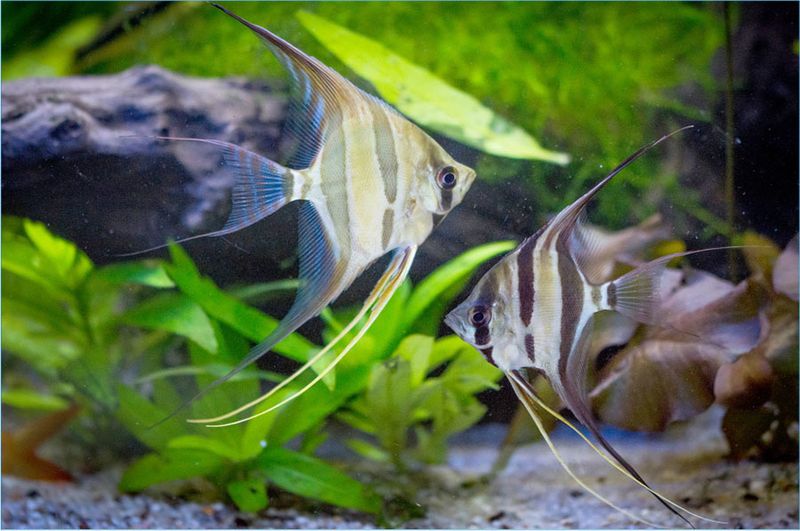
Triangular bodies gliding through water with grace make angelfish living artwork in any aquarium. Their distinctive shape and intelligent behavior have won them millions of fans worldwide.
Native to the Amazon basin, they require stable warm temperatures around 78-84°F. Even brief exposure to water below 65°F can be fatal, making outdoor ponds completely unsuitable for these majestic but delicate tropical beauties.

